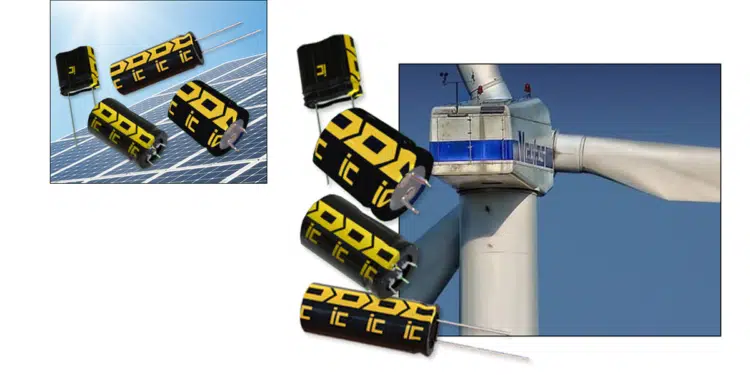Cornell Dubilier has announced that additional capacitance values and cell sizes have been added to its already extensive supercapacitor platforms, the DGH 2.7 volt and DSF 3.0-volt series.
The expansion comes on the heels of the recent addition of cutting-edge LiC hybrid types which offer higher operating voltages and greater energy densities. Supercapacitors (aka EDLCs or ultracapacitors) are rapidly becoming essential components for power circuit designers. They are used to supplement rechargeable batteries or as replacements for batteries in a very diverse range of applications.
These new components add powerful options for engineers. According to Brendan Andrews, Business Unit Manager, “Our technology is used in a wide variety of applications such as battery backup in smart meters, handheld scanners, printers, electronic valve actuators, green energy systems, and even automated material handling. The latest expansion significantly contributes to the most comprehensive product offering in the industry and further opens up additional application opportunities.” Andrews added that “Supercapacitor technology has witnessed significant price reductions over the past several years, generating mass market appeal.”
The company’s product line now ranges from board-mountable coin cell types to radial form factors and larger snap-in types. CDE can also combine components to create higher voltage custom modules with active or passive balancing. Most devices offer an operating temperature range of -40 °C to 85 °C and are all UL recognized.
The DGH and DSF radial supercapacitor series now offer capacitance values ranging from 0.5F to 600F at voltage ratings up to 3.0V. The recently introduced VMF and VPF LiC series have values from 10F to 220F at up to 3.8V.































